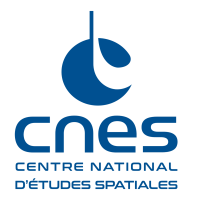What is the CADMOS centre and what does it do?
Rémi Canton: CADMOS is the centre for the development of microgravity applications and space operations, based at CNES’s Toulouse Space Centre. It was created in 1993 to structure human spaceflight activities that began with the flight of Jean-Loup Chrétien in 1982, when CNES still had its own astronaut corps. That’s where all French astronaut missions were monitored from, aboard the Mir space station and subsequently on the U.S. Space Shuttle and the International Space Station (ISS).
CADMOS in fact comprises two entities: one that develops experiments, working with research laboratories in line with CNES’s exploration roadmap, and one that’s in charge of operational monitoring of European experiments, in direct contact with the ISS crew.
- Project Manager for Human Spaceflight at CADMOS (CNES)

There are several ISS operations centres in Europe working on behalf of the European Space Agency (ESA), but CADMOS is the only one combining development and operations, spanning the entire value chain from expression of requirements to data collection. ISS operations and Europe’s contribution to the programme lend continuity to CADMOS’s role in developing experiments and monitoring operations, whether we have a French—or European—astronaut on the station or not.
How are experiments chosen for the ISS?
R. C.: There are two main criteria. The first is to support and accompany the French scientific community, with which we’ve forged close ties and which needs access to microgravity for its research. We therefore respond to this need by designing and preparing experiments for the ISS, working with the French and European industry base.
The second criterion is to pave the way for future crewed spaceflights and the technologies that need to be developed in this regard. To this end, CNES establishes a roadmap to set our priorities and we solicit laboratories and manufacturers to develop these technologies with us.
CNES is therefore free to choose experiments as it sees fit. They may be national or, more often, in partnership with another agency like ESA or NASA.
What types of experiment require microgravity conditions?
R. C.: Many physical, biological or physiological phenomena are masked on the ground by gravity. Aboard the ISS, Earth’s gravity is 90% of what it is on our planet’s surface, so by working in microgravity conditions we don’t free ourselves completely from gravity but rather from its effects, i.e., weight, thermal convection, buoyancy, sedimentation or hydrostatic pressure. This means we can observe phenomena that we’re not able to observe on Earth. There are two main families of experiments:
- Material sciences: the study of fluids, plasma, solidification and evaporation, etc.
- Life sciences: biology (plant and animal biology), exobiology, human physiology (cardiovascular system, neurosciences, organoids, etc.). Space medicine is very valuable because it highlights accelerated ageing, which fortunately is reversible.
Fundamental sciences (cold atoms, etc.) are more marginal.
How does CADMOS monitor space experiments, from preparation through to their return to Earth?
R. C.: We work closely with science teams to understand their requirements and then design experiment equipment and protocols with manufacturers. We’re familiar with the microgravity environment and its constraints, and with the process of qualifying and certifying equipment for the ISS, which is where we most add value. Alongside this, we establish operational procedures. Equipment delivered is then sent up to the ISS on resupply flights. In-orbit commissioning and then operations are monitored from our control centre at CADMOS, and the science data distributed to scientists for analysis.
Astronauts may be either subjects, for instance in the case of physiology experiments, or operators. Some experiments don’t require astronaut intervention and are controlled from the ground just like a satellite. Others are even installed outside the station, like ACES or Euro Material Ageing.
More specifically, how is CADMOS supporting Sophie Adenot?
R. C.: It’s important to note that CNES doesn’t only prepare experiments for French astronauts. The ISS is an international scientific research facility to which Europe, and therefore France, contributes to ensure continuous flight opportunities. French experiments are normally operated by ISS crew members, whatever their nationality. Our actual end-customer is science! But when a French ESA astronaut is on the crew, CNES puts together a suite of experiments to highlight their expertise while advancing our objectives and showcasing them on the station.
As previously for Thomas Pesquet’s Proxima and Alpha missions, we’re currently preparing a programme of science, technology and education experiments for Sophie Adenot’s mission, and working to help her take ownership of this national contribution so she can serve as its ambassador.







